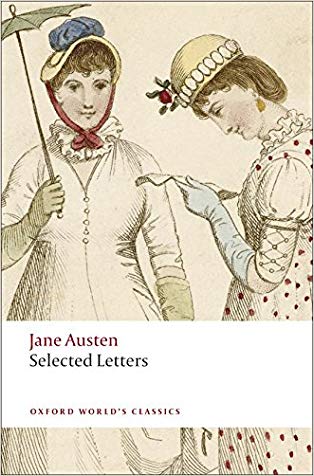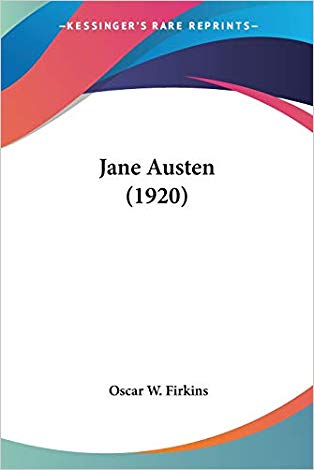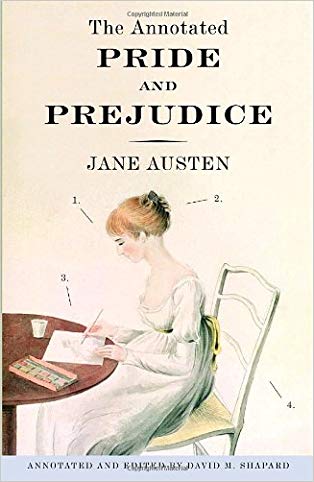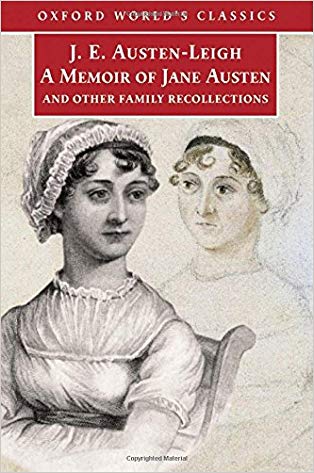JANE AUSTEN’S GUIDE TO GOOD MANNERS
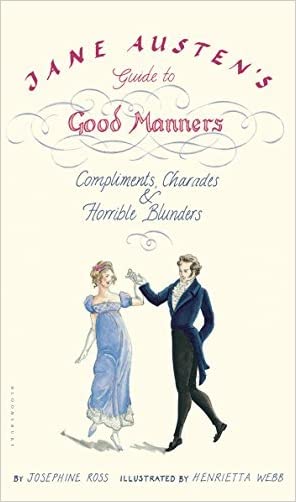
CARCASA JANE AUSTEN IPHONE 5 – 5S
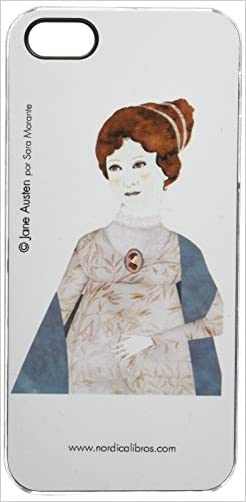
JANE AUSTEN, GAME THEORIST
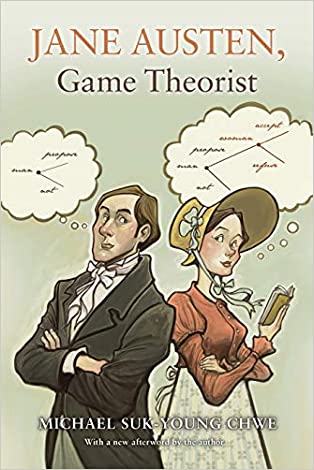
JANE AUSTEN’S PRIDE AND PREJUDICE IN 61 HAIKU (1,037 SYLLABLES!)
 The Power of the Perfect Pick-Up Line: Jane Austen Makes Her MoveEmily Dickinson once famously remarked that if she felt as though the top of her head were taken off, she knew she was reading poetry. And who among us did not read “It is a truth universally acknowledged, …” and feel our heads explode?Pride and Prejudice’s opening sentence is also the perfect pick-up line. The narrator zeroes in on her reader and introduces herself with what has become one of English literature’s most quoted opening sentences.Austen continues to flirt with her reader in the first sentences of each of the book’s 61 chapters. So, how better to acknowledge the power of her collective one-line poetry than by translating Pride and Prejudice’s opening-sentence poems into contemporary twists on the classic Japanese 17-syllable haiku?And here you have it: Jane Austen’s Pride and Prejudice in 61 Haiku (1,037 Syllables!).It is my hope that readers will find themselves smiling knowingly from time to time as they travel in this redesigned Japanese vehicle across Austen’s familiar English landscape — and that they will forgive my star-struck attempt at this love-letter-poem to the extraordinary woman who still speaks to us in ways that can blast off the top of our heads.
The Power of the Perfect Pick-Up Line: Jane Austen Makes Her MoveEmily Dickinson once famously remarked that if she felt as though the top of her head were taken off, she knew she was reading poetry. And who among us did not read “It is a truth universally acknowledged, …” and feel our heads explode?Pride and Prejudice’s opening sentence is also the perfect pick-up line. The narrator zeroes in on her reader and introduces herself with what has become one of English literature’s most quoted opening sentences.Austen continues to flirt with her reader in the first sentences of each of the book’s 61 chapters. So, how better to acknowledge the power of her collective one-line poetry than by translating Pride and Prejudice’s opening-sentence poems into contemporary twists on the classic Japanese 17-syllable haiku?And here you have it: Jane Austen’s Pride and Prejudice in 61 Haiku (1,037 Syllables!).It is my hope that readers will find themselves smiling knowingly from time to time as they travel in this redesigned Japanese vehicle across Austen’s familiar English landscape — and that they will forgive my star-struck attempt at this love-letter-poem to the extraordinary woman who still speaks to us in ways that can blast off the top of our heads.JANE AUSTEN MINI PAPER BLANKS

JANE AUSTEN. PERSUASION. MIDI

JANE AUSTEN, MAESTRA DE ESCRITURA
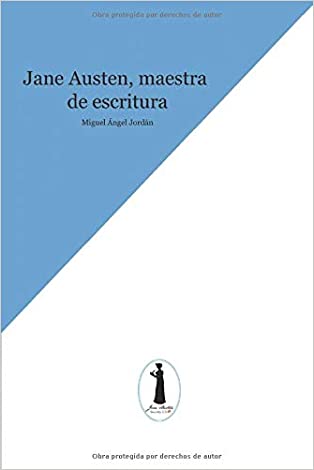
JANE AUSTEN – NOVELIST IN THE WORLD (SUTHERLAND, KATHRYN)
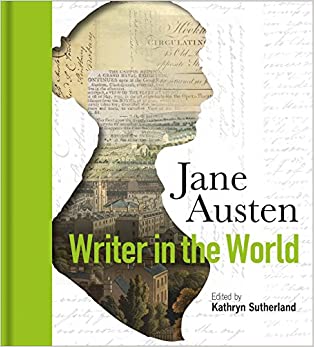
SENSE AND SENSIBILITY (LIBRO + CASS) PR3 (JANE AUSTEN)
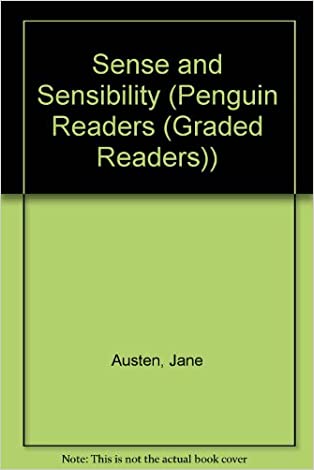
LAS CARTAS DE CHAWTON (AUSTEN, JANE)
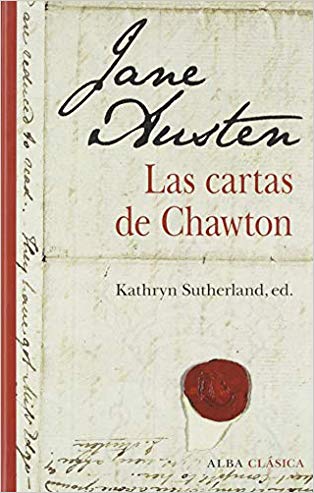 De las trece cartas que Kathryn Sutherland ha seleccionado en este volumen, doce se hallan actualmente en la Casa Museo Jane Austen de Chawton, la última residencia de la escritora; la decimotercera, escrita poco después de su muerte en 1817 por su hermana Cassandra a su sobrina Fanny, pertenece a la Jane Austen Society. La correspondencia empieza cuando Jane Austen, a los veinticinco años, se muda con su familia a Bath y prosigue con visitas a Londres y su instalación definitiva en un cottage en Chawton (Hampshire), propiedad de su hermano James. Las cartas de Chawton nos permiten acceder, en este volumen bellamente ilustrado, no solo a las circunstancias de su vida cotidiana sino también a sus ideas e inquietudes literarias.
De las trece cartas que Kathryn Sutherland ha seleccionado en este volumen, doce se hallan actualmente en la Casa Museo Jane Austen de Chawton, la última residencia de la escritora; la decimotercera, escrita poco después de su muerte en 1817 por su hermana Cassandra a su sobrina Fanny, pertenece a la Jane Austen Society. La correspondencia empieza cuando Jane Austen, a los veinticinco años, se muda con su familia a Bath y prosigue con visitas a Londres y su instalación definitiva en un cottage en Chawton (Hampshire), propiedad de su hermano James. Las cartas de Chawton nos permiten acceder, en este volumen bellamente ilustrado, no solo a las circunstancias de su vida cotidiana sino también a sus ideas e inquietudes literarias.